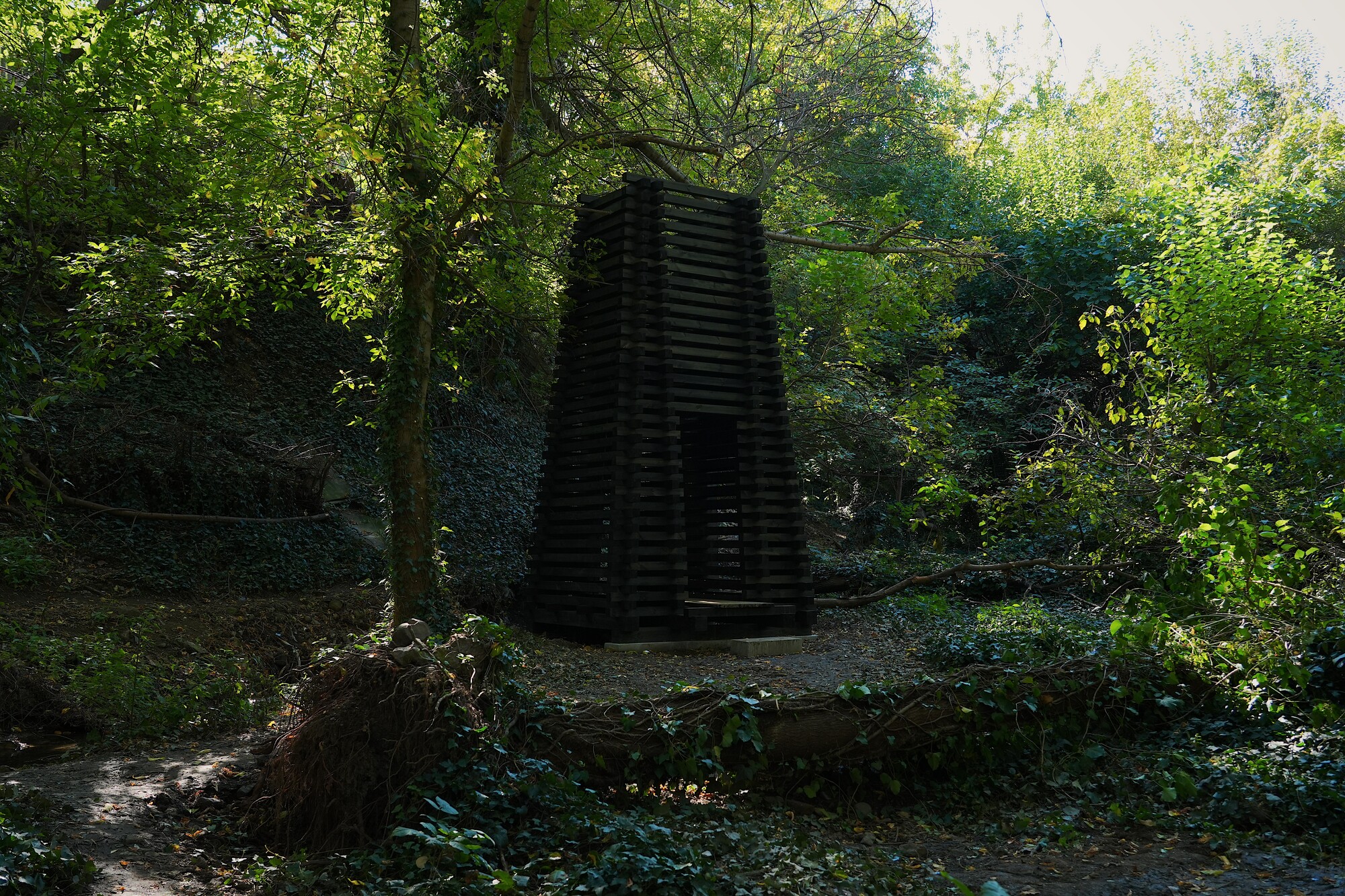
Seven decades of struggle: how one Palestinian village's story captures pain of 'Nakba'
Mohammed Salim, who estimates he is approaching 80 as he was born “sometime in the 40s”, remembers vast fields owned by Al Walaja families. In 2018, Al Walaja sits on a tiny cusp of the land it commanded when he was a child. For the residents of Al Walaja, the Nakba was the beginning of a seven-decade struggle to survive. Yet Al Walaja looks like one of the Holy Land’s most charming villages. A symbol of the destruction of Palestinian life, Al Walaja has attracted funding from foreign states sympathetic to what it represents.
Source: The Guardian May 13, 2018 05:03 UTC







